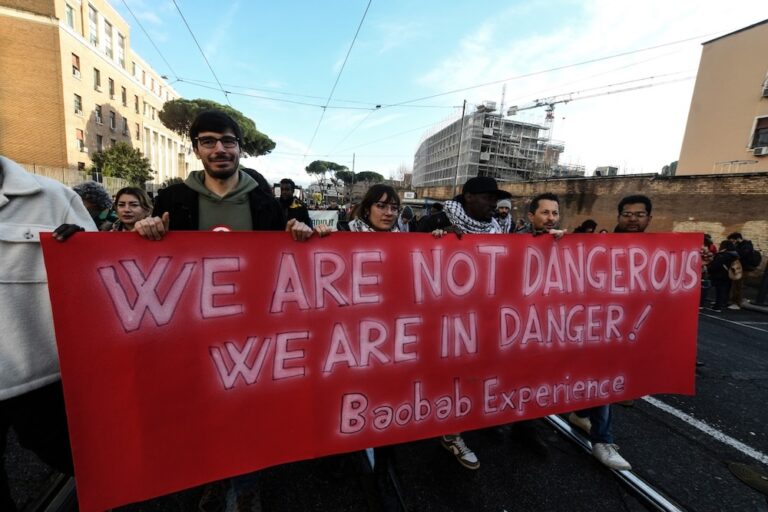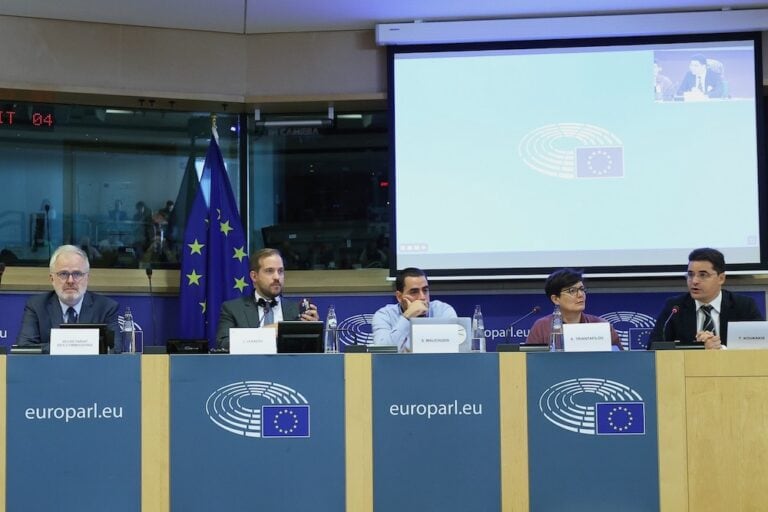A new case study reveals statistical data on attacks against environmental journalists in the Italy, documenting 114 cases between 2011 and 2025. These cases likely represent only a fraction of the real number.
This statement was originally published on ipi.media on 12 May 2025.
New case study reveals, for the first time, statistical data on attacks against environmental journalists in the country, documenting 114 cases between 2011 and 2025 – yet these cases likely represent only a fraction of the real number.
IPI partners Marta Frigerio and Gianluca Liva released a landmark case study titled “A Bad Climate: Untold Threats to Environmental Journalists in Italy”, uncovering a disturbing pattern of threats, smear campaigns, harassment, and intimidation facing journalists who report on environmental issues in the country.
Part of IPI-led project Decoding Disinformation Playbook, this is the first comprehensive investigation of its kind in Italy. It combines hard data with firsthand accounts. Researchers have been able to identify 114 attacks against journalists covering environmental issues between 2011 and 2025. The case study combines data from Ossigeno per l’Informazione and the Mapping Media Freedom platform, part of the MFRR (Media Freedom Rapid Response) consortium, of which the International Press Institute (IPI) is a member and actively monitors press freedom violations across Europe.

However, these cases likely represent only a fraction of the real number, as many threats go unreported. Several interviews with journalists conducted for this research have revealed additional cases absent from official databases, suggesting a much broader, hidden problem.
The investigation also exposes one of the organized online networks involved in coordinated hate campaigns, shedding light on a largely invisible system of intimidation that silences critical voices and undermines press freedom.
Key findings include:
- Freelance journalists are the most vulnerable to online hate, intimidation and SLAPP lawsuits.
- Many resort to self-censorship to avoid retaliation from powerful actors or online mobs.
- Coordinated disinformation networks, especially on X and Instagram, target environmental reporters – often using misogynistic, far-right and anti-European narratives.
The case study centers on journalist Francesca Santolini, who faced multiple waves of apparently orchestrated attacks after analysing fossil fuel interests and far-right environmental narratives. Other journalists, including local reporters like Luciano Manna and Nuri, share similar stories of silencing and legal intimidation.
The full case study is available here.
____________
This case study is part of the Decoding the disinformation Playbook of Populism in Europe initiative, supported by the European Media and Information Fund managed by the Calouste Gulbenkian Foundation.
Disclaimer:
The sole responsibility for any content supported by the European Media and Information Fund lies with the author(s) and content may not necessarily reflect the positions of the EMIF and the Fund Partners, the Calouste Gulbenkian Foundation and the European University Institute.



